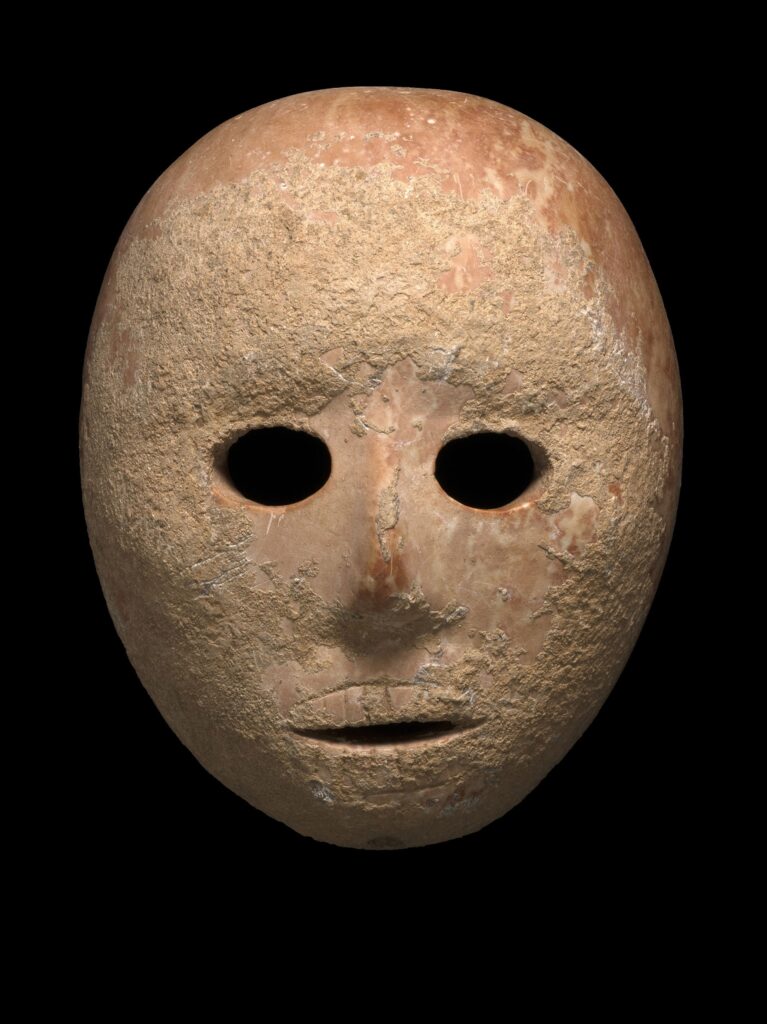Introduction Perched in the rugged terrain of northwestern Tunisia’s Kef Governorate, the Jugurtha Tableland is an awe-inspiring plateau. Rising to an elevation of 1,200 meters and spanning 80 hectares, it features sheer cliffs and a flat expanse that has captivated geologists, historians, and travelers alike. This natural marvel holds not only geological significance but also […]
Category Archives: HISTORY MAGAZINE
The Mycenaean Gold Ring, crafted in the 15th century BCE, stands as a testament to the advanced artistry and symbolic depth of the Mycenaean civilization. This exquisite artifact, now exhibited at the National Archaeological Museum in Athens, showcases the cultural sophistication and spiritual beliefs of a society deeply connected to both land and sea. Intricate […]
In 2008, archaeologists unearthed a groundbreaking discovery at Hohle Fels Cave in Germany—a nearly complete bone flute, believed to be over 35,000 years old. Carved from the bone of a griffon vulture, this flute is one of the oldest known musical instruments ever discovered. Measuring 21.8 cm in length and featuring five finger holes, it […]
In 1889, an extraordinary discovery was made during drilling operations near Nampa, Idaho. A small clay figurine, resembling a clothed woman, was found at an astonishing depth of 295 feet. This artifact, now known as the Nampa Figurine, was uncovered in geological layers estimated to be around 2 million years old, a timeline that has […]
Beneath the bustling streets of Paris lies one of the city’s most intriguing and eerie landmarks: the Catacombs of Paris. This vast network of underground tunnels and chambers stretches over 300 kilometers, and has served a variety of purposes throughout history. Today, however, it is best known for its role as an ossuary — a […]
At Blaundos, an ancient archaeological site nestled in the heart of Turkey, a remarkable discovery of tomb chambers carved into canyon walls has offered new insights into burial customs during the 2nd to 4th centuries A.D. These tombs, initially designed for individual burials, were adapted over time to accommodate multiple generations, reflecting the dynamic social […]
Recent excavations at Zominthos Palace, located on a plateau near Crete’s Mount Ida, have revealed significant insights into Minoan civilization and its complex societal structures. This palace, situated at an impressive altitude of 1,200 meters, stands out not only for its mountainous location but also for its strategic role as an administrative, religious, and economic […]
The Sacred Well of Garlo, located near the village of Garlo in Bulgaria’s Pernik District, is an archaeological marvel dating back to the 12th-11th Century BC. This underground structure offers significant insights into the ancient spiritual practices of the region. The well is housed within a fascinating architectural complex, with a 7-meter corridor leading visitors […]
In an astonishing discovery at Cambridge University’s St. John’s College, a 300-year-old shoe was found hidden within the walls of a common room. This seemingly simple object, which dates back to the late 1600s or early 1700s, is believed to have served as a protective charm designed to ward off evil spirits—a practice common in […]
Situated in the southwestern corner of Jerusalem’s Old City, Zion Gate is a historical landmark that offers a unique window into the city’s rich past. Built in 1540 by Sultan Suleiman the Magnificent, it was part of the grand fortification project that sought to reinforce the Old City’s walls. Today, Zion Gate stands as not […]










